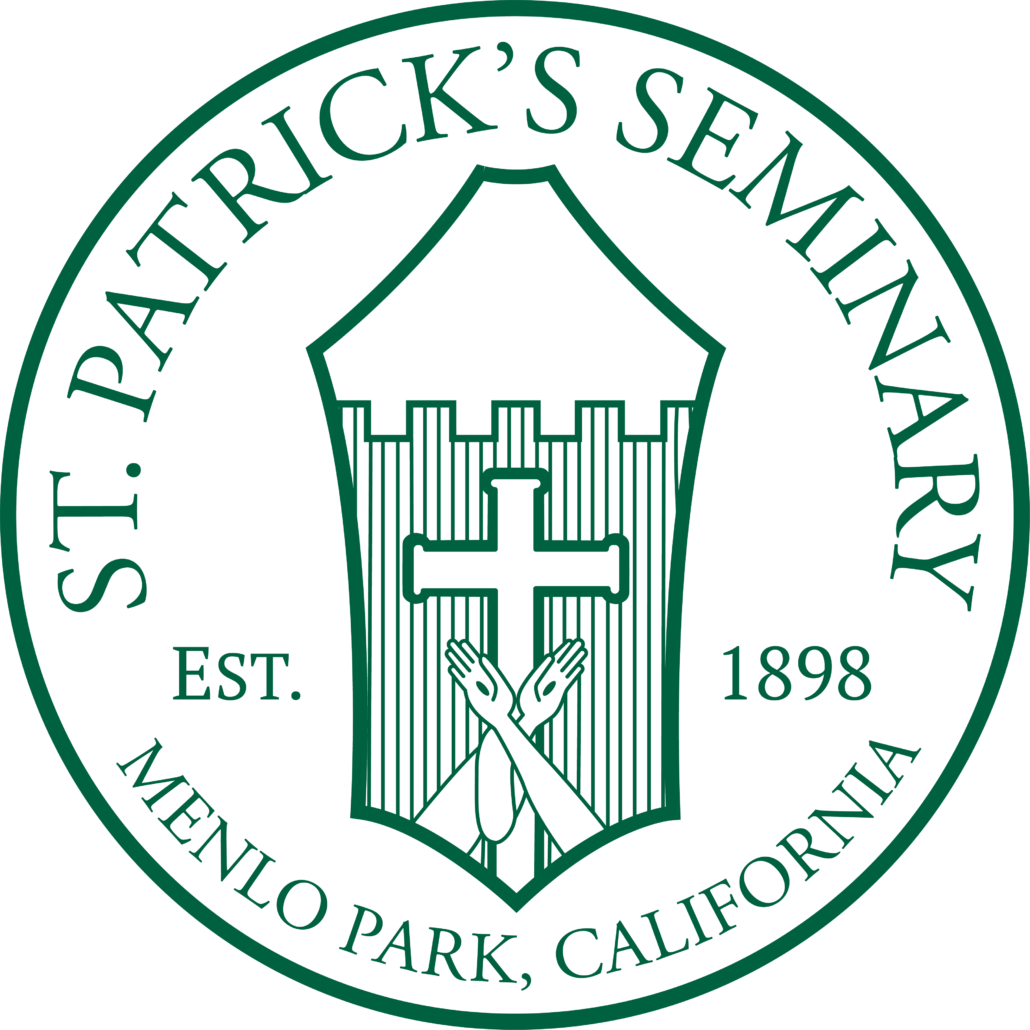History
“I have thought to build on a solid foundation. The work has not been intended for a day, but to endure many years after we are gone.”
—Most Rev. Patrick W. Riordan, Archbishop of San Francisco, 1884–1914

1898
Having long admired their work in seminaries in Europe and in Baltimore, Maryland, Patrick W. Riordan, second archbishop of San Francisco, invited the Sulpician order to staff his seminary. On September 20, 1898 the seminary received its first students.
1904
The seminary’s Department of Theology opened, setting into place the full twelve-year academic program. 1904 also marked the arrival of Henri A. Ayrinhac, S.S. as the new Superior. His 26-year tenure established St. Patrick’s as a major presence on the West Coast.
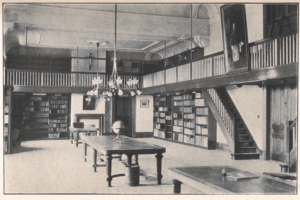
1906
Within seconds on the morning of April 18, the seminary was severely damaged by the Great 1906 Earthquake of San Francisco. No one was killed or injured, but extensive reconstruction was required.
1924
By 1921, the seminary had become crowded. St. Joseph’s College in Mountain View opened for the 1924–1925 school year to accommodate seminarians for their first six years of studies. Founded by Archbishop Edward J. Hanna, St Joseph’s was considered “the jewel of his accomplishments.”
1936
Eugenio Cardinal Pacelli (Vatican Secretary of State and the future Pope Pius XII) visited St. Patrick’s Seminary as part of his trip to San Francisco to bless the Bay Bridge on October 28.
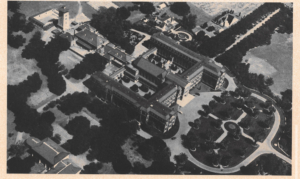
1948
Archibishop John J. Mitty ordered a lavish and historic commemoration of St. Patrick’s golden anniversary.
1952
Following the end of World War II, a new wave of aspirants to the priesthood swelled enrollment at St Joseph’s and at St. Patrick’s. During this decade a program of Spanish language studies was established, and the seminary was accredited for the first time by the Western Association of Schools and Colleges.
A new wing was constructed for the upper classmen at St. Joseph’s with an impressive chapel that could accommodate over 400 students. The chapel included a superb Austin organ that Fr. John Oliver, S.S., the seminary’s legendary music director, helped design.
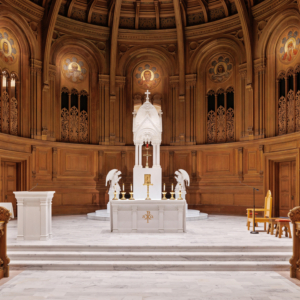
1965
Following changes outlined at Vatican II, a “simplified” Rule of Life was adopted at St. Patrick’s. Though the initial changes to the rule were minimal, they changed the perception of the seminarians: The rule could change. Disruptions to seminary life multiplied. As an alumnus of the 1960s put it, “I felt we experienced 500 years in a period of 6 years.”
1973
Despite the upheavals, St Patrick’s continued to be a dominant force shaping the Church from the Canadian border to Mexico. When the seminary celebrated its diamond jubilee, eleven of thirteen ordinaries of dioceses of the far-western states were “Men of Menlo.” Patrician alumni were also at work tending dioceses in Alaska, Arizona, and New Mexico.
1981
The Vatican established the Diocese of San Jose. St. Joseph’s College was transferred to the new diocese.

1985
Under the guidance of Archbishop John R. Quinn, St. Patrick’s field education system underwent changes including the introduction of an enormously successful pastoral internship program.
1988
Father Rector Gerald Coleman, S.S. initiated the development of a spiritual formation program to support the goals of the Program for Priestly Formation: “To provide candidates for the priesthood … with a spirituality … rooted in a deep relationship with Christ, fostered by prayer, worship and commitment to the People of God.”
1991
The buildings of St. Joseph’s College were severely damaged by the Loma Prieta earthquake on October 17, 1989. The college was permanently closed on June 30, 1991. The site is now part of Rancho San Antonio County Park.
After the earthquake, the Austin organ was donated to St. Patrick’s by the Diocese of San Jose.
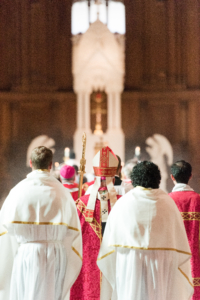
1998
In the centenary edition of The Patrician, archdiocesan archivist Jeffrey M. Burns observed, “the faculty is more diverse and highly qualified, the student body is more culturally mixed, and the physical contours of the seminary have changed. What has not changed is St. Patrick’s commitment to producing a strong and well-trained clergy dedicated to serving the Church and its people.”
2021
Extensive plans for renovation are executed throughout the seminary buildings, and to the chapel, including the restoration of lustrous wood floors hidden for decades under carpet.
2023
In September St. Patrick’s Seminary celebrated 125 years preparing men to become Roman Catholic priests in conformity to Christ—through an integrated process of human, spiritual, intellectual, and pastoral formation that instills Spiritual Fatherhood, Fidelity, Holiness, Wisdom, Evangelization, Resiliency, and Compassion.
